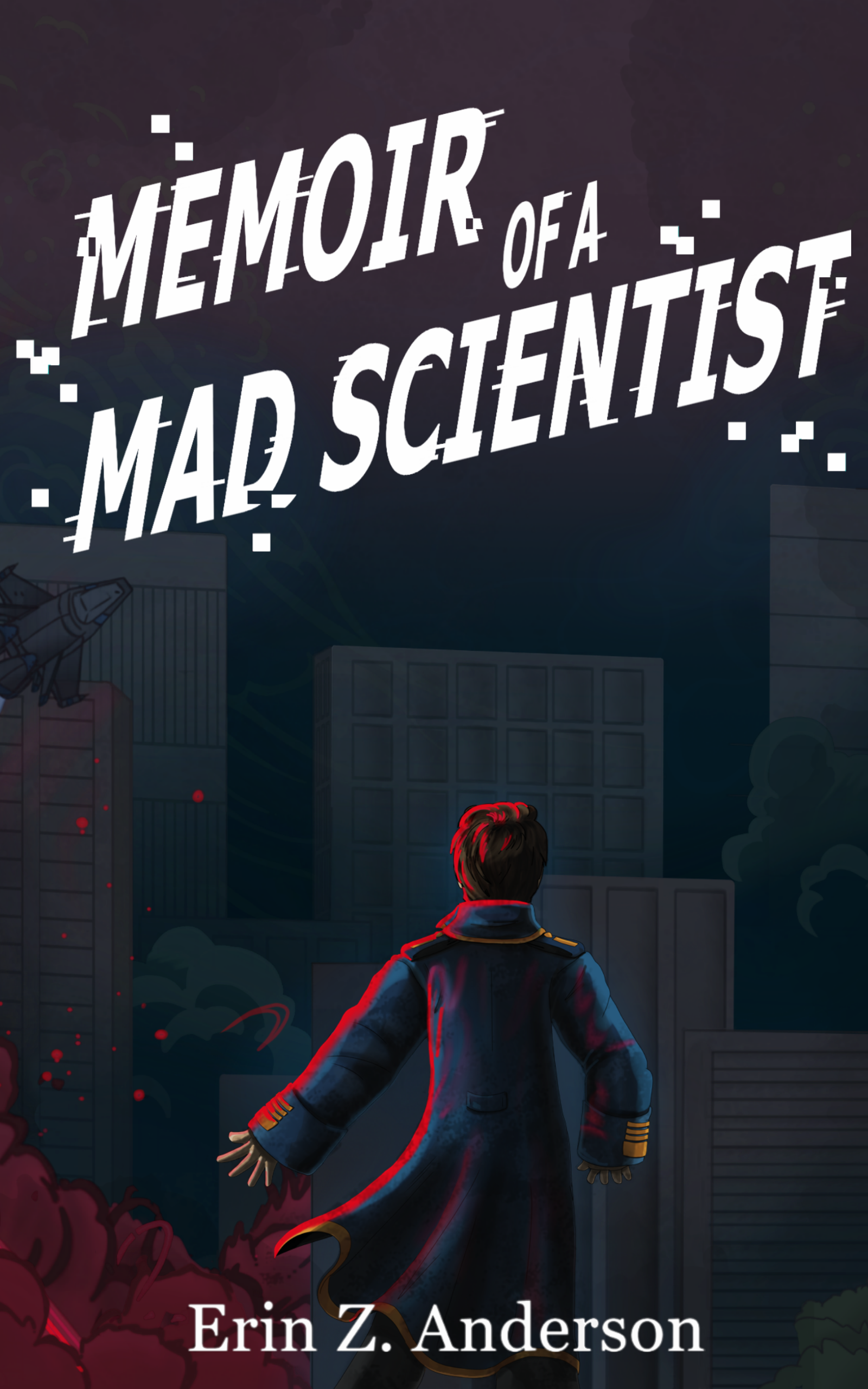
Sci-fi scientists discuss the nitty gritty of creating a cyborg.
Content warnings
Prosthetics
The short story
She selected a folder and waved it up to a vertical plane so we could all see. A colored diagram of a human took shape, illustrating the horrific damage as inoffensive red pixels labeled with somber white text. Looking at the meticulous diagram, I could just picture her perfectly sorting the veins of a patient, arranging the nerves just so as she ticked down her bloody to-do list. No wonder an orderly woman like her found Adelmar’s constant outbursts irritating.
“The prosthetics work best if they attach at a joint, so we had to cut back to whatever was next. That means the glenohumeral joint on both sides at least.” She pointed to a part of the shoulder, and a chunk of red vanished. “I tried to save what I could of the ligaments, but half a muscle’s worse than no muscle at all. Most of the right side will need to be replaced synthetically or cloned.” Here, she spared Adelmar the briefest of a glance from the corner of her eye for confirmation. “Is symmetry going to be an issue?”
Spreading his hands, Adelmar shrugged. “What do you suggest?”
“Some people want to keep as much of their own tissue as possible. In this case, I don’t think the original flesh will be much help to your experiment. Besides, he’s already going to need extensive therapy to adjust to the cybernetic implants, so adding new tissue integration to the mix would be a bit much for your time frame.” She considered the projection as she talked, outlining parts with her finger as she walked us through the process. “I would recommend keeping the left side as it is and replacing this whole area on the right with synthetics. We’re still waiting on the cloning department for some of the replacement tendons, plus a new lung where a chunk of shrapnel tore right through.”
“We don’t need the medical details,” interrupted Adelmar, wrangling the conversation back onto a topic that aligned with his priorities. “What kind of tech will you need?”
“Unfortunately, cloning organs and soft tissue is a lot easier than something complicated like a limb.” In front of us, the man’s outline zoomed in to focus on the head and torso, showing the ragged stumps on either side as inoffensive lines blocked out on the hologram. “There wasn’t anything of the right shoulder to save, so any prosthetic would have to start here,” she pointed at one of the stumps. “We’ll also need to dig into parts of the chest to attach the shoulder mounts, but that’s nothing unusual in this situation.”
“How big are his arms?” This last comment made both of them turn, having apparently forgotten about me as I silently typed notes on my pad. Shrinking under the attention, I hurried to clarify. “I was just wondering how much space we had that wasn’t already taken by other hardware,” I clarified sheepishly. “There’s plenty of small sensory technology we can use, but it all requires better connections, and I’m not sure how to form the transition to his nervous system.”
“Sure, I can pull that up.” Fingers tapping out an uneven beat on her keypad, Kazimir pulled up the prosthetic overlay onto the patient model. The projection interpreted the artificial additions as a pale shade of blue that contrasted sharply against the orange that represented living tissue. A nest of wires snaked into the brain while a set of arms appeared on either side of the simulation, measured for a personal fit and ready for attachment. Metallic mounts encased either shoulder like a set of overzealous epaulettes. Tangles of green wires plunged from the shoulder mounts into the orange projection of the body, where pistons and cables would have to serve in place of the destroyed muscle and bone. It was hard to see from this angle, but I could still make out the housing unit of the power supply and main computer where it attached at the base of the skull.
My eyes darted over the schematic, soaking in the measurements with dismay. “He’s so small. Are you sure these numbers are right?” At a meager five-foot-six and barely seventeen inches across at the shoulders, if this kid lost any more weight he’d disappear.
Kazimir lifted an eyebrow skeptically before shrugging off the possible slight. “Sorry, but there’s nothing I can do for you there. He had been bony enough before the accident, and there’s nothing I can do to make up for that.”
This story was originally written in English.
The paper
Cho, Y., Jeong, H. H., Shin, H., Pak, C. J., Cho, J., Kim, Y., … & Lee, S. (2023). Hybrid Bionic Nerve Interface for Application in Bionic Limbs. Advanced Science, 2303728. https://doi.org/10.1002/advs.202303728
Connection between story and paper
This paper explains the importance of control of prosthetics through natural nerves and how this might be accomplished. In laboratory tests, animal test subjects were able to control robotic legs the same way that the human test subject in this story was able to control his new cybernetic limbs. The biological interface between nerves and computer was achieved by a combination of a regenerative peripheral nerve interface (RPNI) and a peripheral neural interface. The experiment showed promising results for the long term use of robotic prosthetics.
The author
This story is an excerpt from the book “Memoir of a Mad Scientist” by Erin Z. Anderson. Here is a short description: Dr. Jarian Voss has been a member of the Coalition’s interplanetary empire his whole life. So when he discovers the Coalition’s true goals, what will he do to keep himself and his team ahead of the laser fire? Buy it here: https://a.co/d/1wAnJXr.
